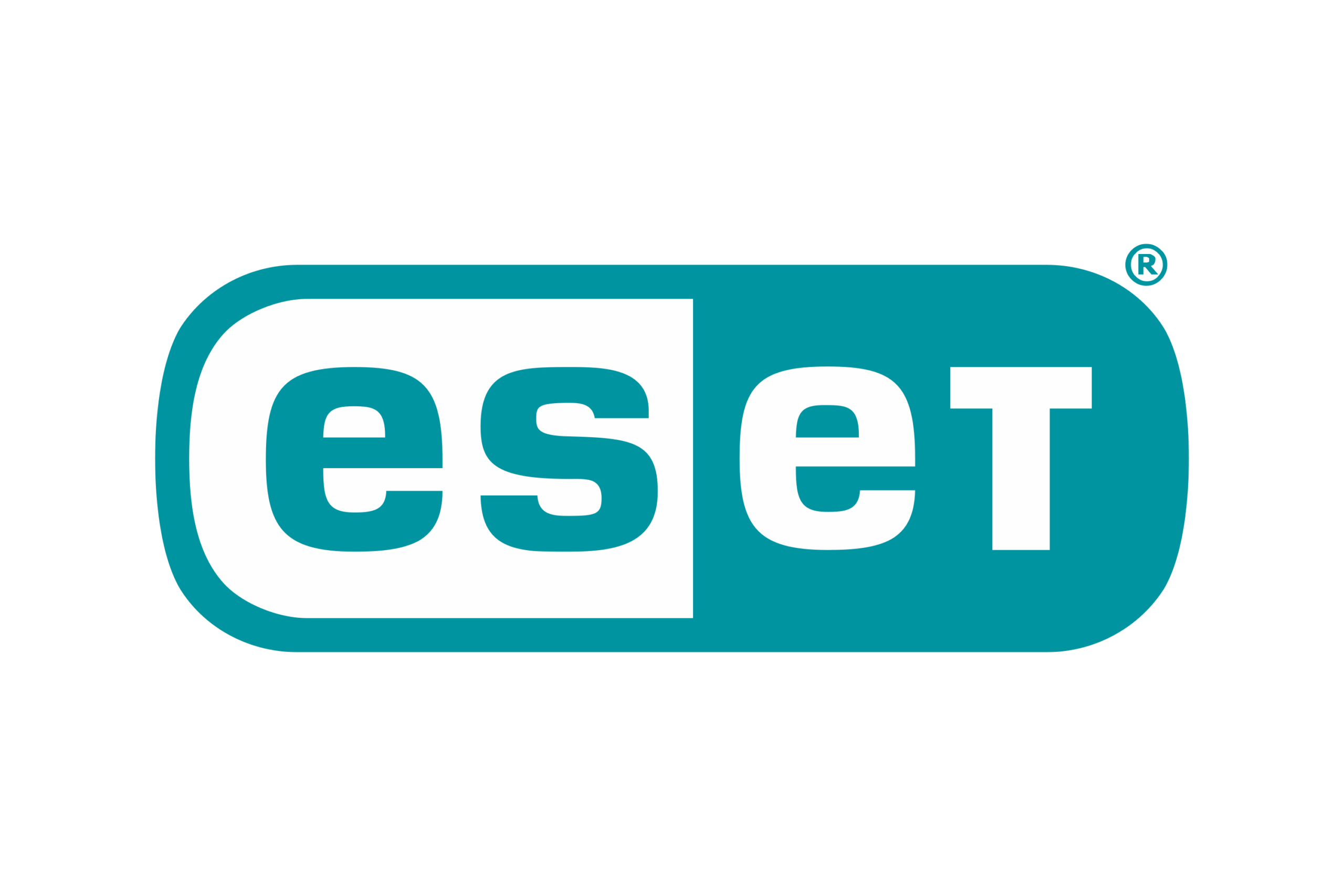Data Protection & Recovery
Business continuity by staying operational even during outages or disasters
Data integrity to prevent corruption, loss, or compromise of critical files
Regulatory compliance that meets industry standards and avoids penalties
Customer trust by protecting your reputation and customer information
Cost control by avoiding the high expenses of downtime and emergency recovery
Backup Solutions
Backup is your first line of defence against data loss. Whether caused by human error, hardware failure, or cyberattack, a reliable backup allows you to restore data and resume operations quickly.
We will work closely with organisations to design a backup strategy that fits the criticality of their data and the speed at which needed to recover.
Disaster Recovery Planning
When disaster strikes every minute counts. Our disaster recovery services are designed to get your systems back online with minimal downtime and disruption.


